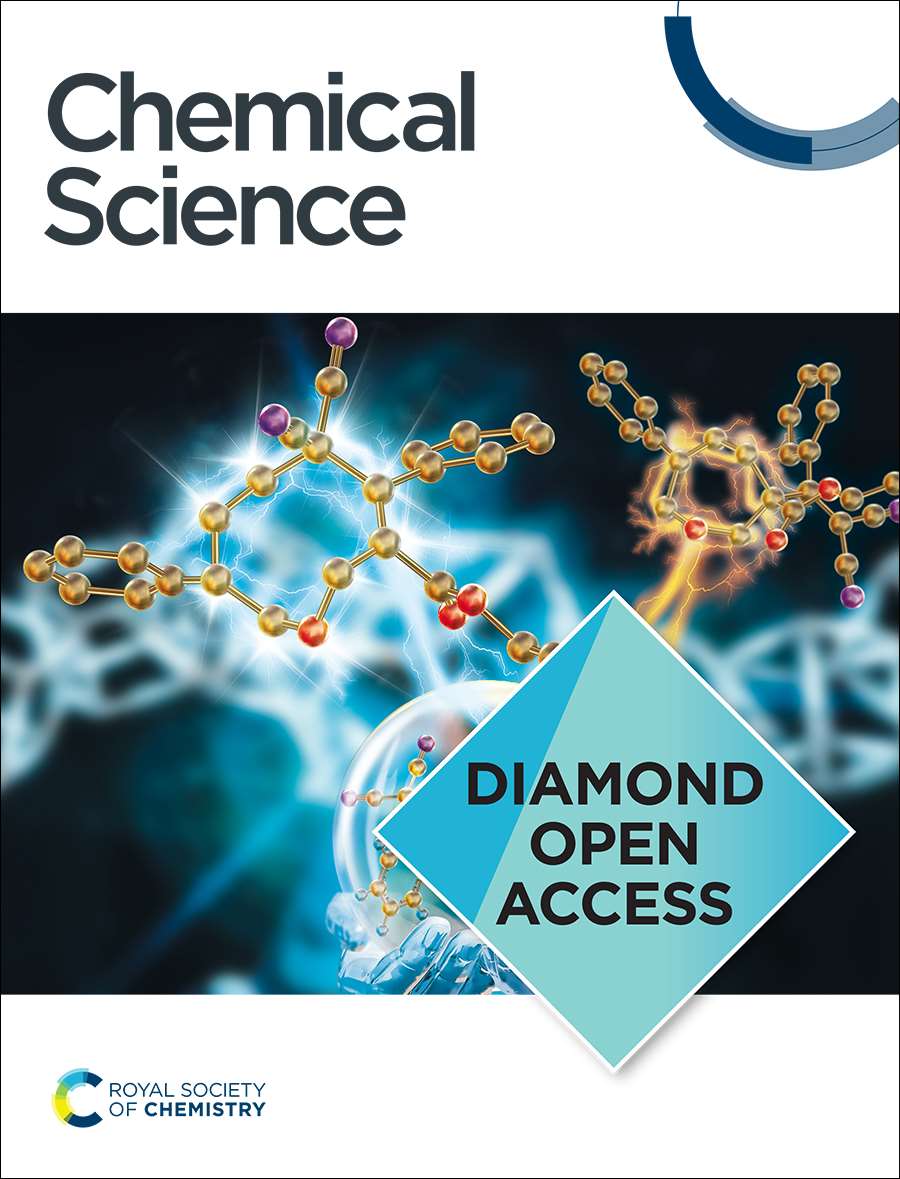Multi-dimensional analysis of single particles with sequential dual-nanopipette sensors
IF 7.6
1区 化学
Q1 CHEMISTRY, MULTIDISCIPLINARY
引用次数: 0
Abstract
Nanoparticles play crucial roles in a wide range of scientific and industrial fields. Analysing the physicochemical characteristics of nanoparticles is of paramount importance in identifying and classifying different particles. However, due to their small size and inherent heterogeneity, comprehensive analysis of the size and shape, especially the complex surface characters, of individual particles is still confronted with challenges. In this work, we reported a facile strategy to construct a sequential dual-nanopipette sensor (SDNS) with two sensing interfaces for multi-parameter detection of nanoparticles at the single particle level. The collaboration of the two sensing interfaces enabled dual recognition of the same particle, which improved the detection accuracy effectively. With this platform, it was not only possible to perform concentration quantification and size characterization, but also effectively classify the particles via dual determination of the surface charge or the biochemical components of the particles. As the sensing interfaces of SDNS can be varied to meet the detection requirements, this approach can be easily adjusted to analyse more kinds and dimensions of surface characters of single nanoparticles, which opens up new avenues for the exploration of biological or other kinds of nanoparticles as well as the deeper comprehension of particle functions and evolution.单粒子序列双纳米吸管传感器的多维分析
纳米粒子在广泛的科学和工业领域发挥着至关重要的作用。分析纳米颗粒的物理化学特性对不同颗粒的识别和分类至关重要。然而,由于其体积小且具有固有的非均质性,对单个颗粒的尺寸和形状,特别是其复杂的表面特征的综合分析仍然面临着挑战。在这项工作中,我们报告了一种简单的策略,构建了一个具有两个传感接口的顺序双纳米吸管传感器(SDNS),用于单粒子水平的多参数检测。两个传感接口协同工作,实现了对同一粒子的双重识别,有效提高了检测精度。该平台不仅可以进行浓度定量和粒度表征,还可以通过对颗粒表面电荷或生化成分的双重测定,对颗粒进行有效的分类。由于SDNS的传感接口可以根据检测要求进行变化,因此该方法可以很容易地进行调整,以分析单个纳米颗粒的更多种类和尺寸的表面特征,这为探索生物或其他种类的纳米颗粒以及更深入地理解颗粒的功能和演化开辟了新的途径。
本文章由计算机程序翻译,如有差异,请以英文原文为准。
求助全文
约1分钟内获得全文
求助全文
来源期刊

Chemical Science
CHEMISTRY, MULTIDISCIPLINARY-
CiteScore
14.40
自引率
4.80%
发文量
1352
审稿时长
2.1 months
期刊介绍:
Chemical Science is a journal that encompasses various disciplines within the chemical sciences. Its scope includes publishing ground-breaking research with significant implications for its respective field, as well as appealing to a wider audience in related areas. To be considered for publication, articles must showcase innovative and original advances in their field of study and be presented in a manner that is understandable to scientists from diverse backgrounds. However, the journal generally does not publish highly specialized research.
 求助内容:
求助内容: 应助结果提醒方式:
应助结果提醒方式:


